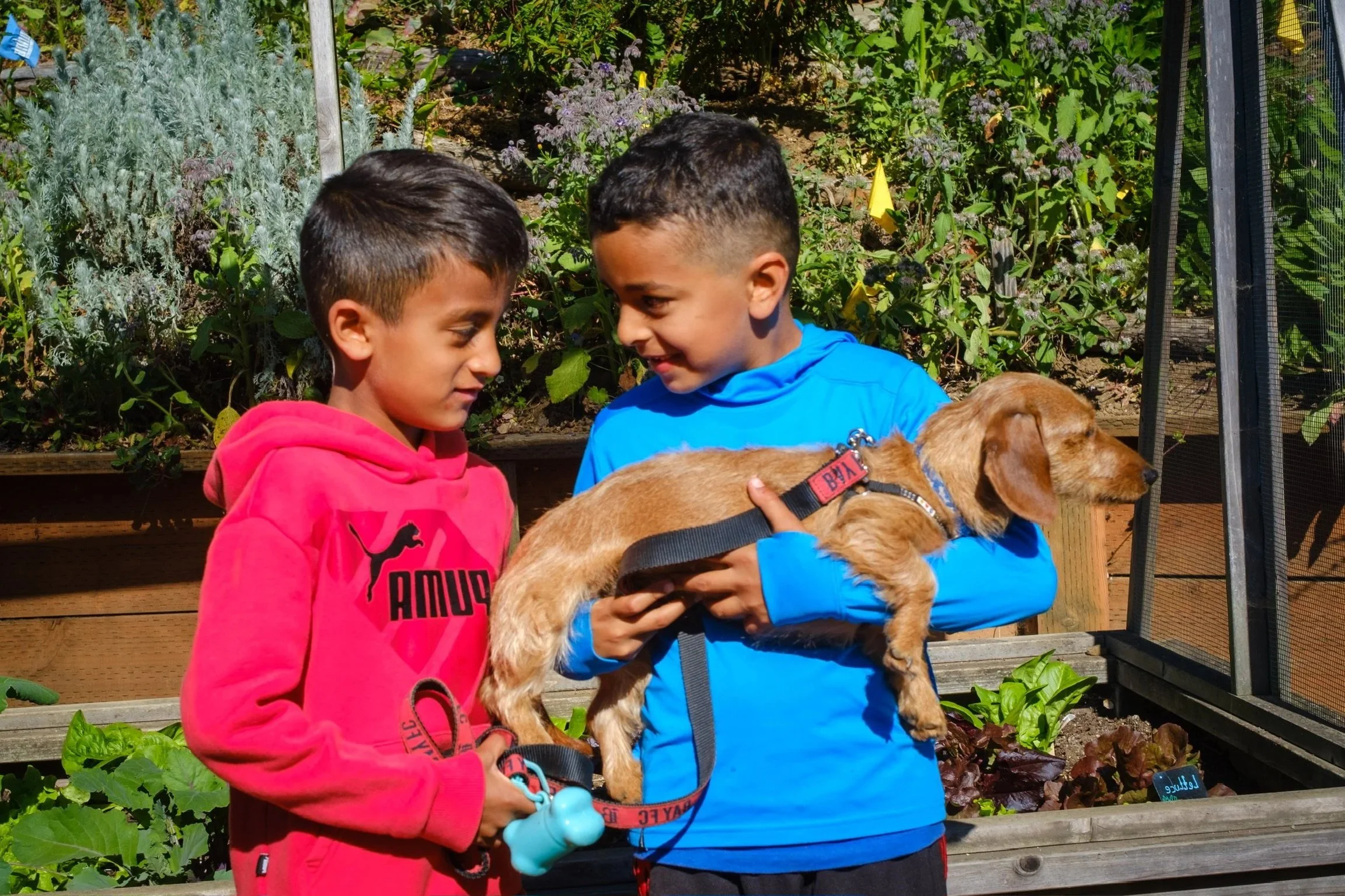Visit us
Garden for the Environment is a 1/2 acre education and demonstration garden in the Inner Sunset.
Since 1990, we have been teaching regenerative gardening practices and are the only garden in San Francisco solely dedicated to this goal.
1590 7th Ave.
San Francisco, CA
Open every day of the year from dawn to dusk.
Although street parking is available, it can be challenging to find on weekends. Public transportation is frequent and nearby!
The 6, 36, 43, and 44, bus lines and the N Judah all run within a few blocks of the garden. Forest Hill Station is also nearby and you can take the 43 or 44 directly from there to the garden.







